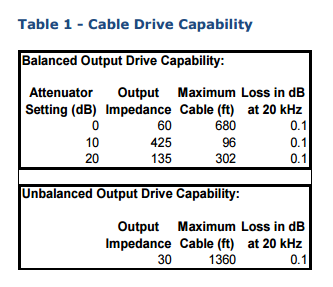I calculate my interconnect length in the listening room at 45 feet.
That's a long IC for unbalanced, if it can be avoided, I'd avoid it. For those lengths the output section of (I'm guessing) your preamp needs to be able to drive long cables, that might rule out some preamps. It would seem almost impossible for a shielded cable that long to not have fairly high capacitance, which will make the sound dull especially if the pre has a higher output impedance. Pro gear is generally designed to drive long cables but tube preamps without follower outputs just can't do it.







